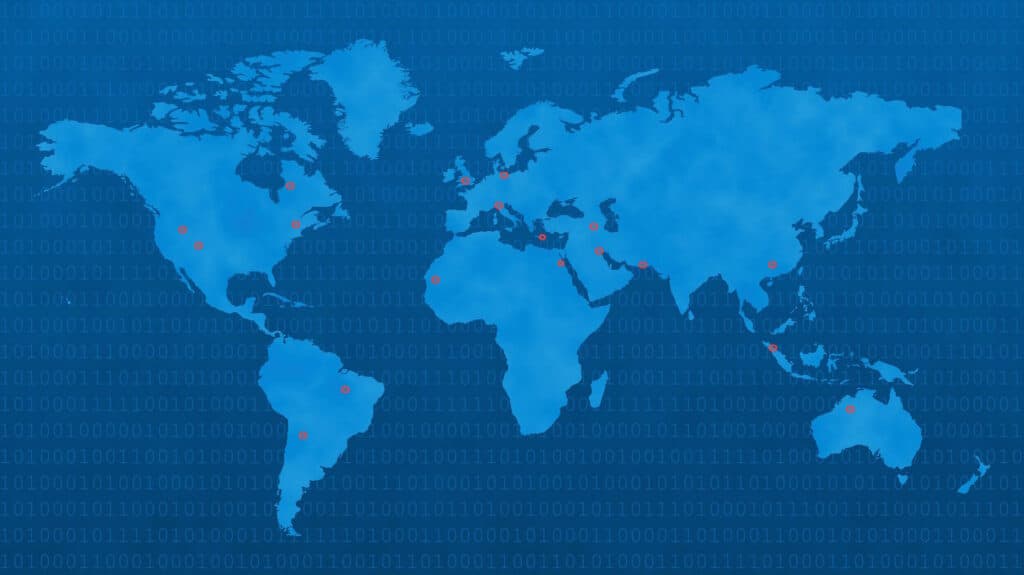“Heroes may win battles, but it is capable supply chains that win wars”
– Natalie Privett
Many firms have been trying to discover, develop and market medicine more economically and efficiently. Unfortunately, relatively little effort was given on reconfiguring their manufacturing and distribution operations. Most pharmaceutical corporations have complex supply chains that are under-utilized and unproductive. In fact, they are badly equipped and unable to cope with the products coming down the pipelines.
To see the weaknesses of distribution structure, companies have to possess a record of every single component that manufacturer uses, information about manufacturing processes, delivery systems of wholesales, warehouses, and transfers supplying product for retail and pharmacies. All of the activities along the supply chain must be well documented in order to be traceable and accountable. FDA upholds and regulates pharmaceutical distribution by demanding an operation under approved “good manufacturing practices” (GMPs), which ensures the highest product quality and data integrity. Furthermore, it established Quality System Regulation (QSR) 21 CFR Part 821, 21CFR211.188, which ensures effective tracking and controlling of devices/drugs through the distribution network.
The constant increase of fake drugs grasping markets, hustled FDA to publish Anti-Counterfeiting Task Force report stating a need of developing automatic identification technologies, which aim to prevent manipulation and reproduction in supply chains.
The idea of automatic tracking is seen as one of the most valuable asset defending against fabrication and diversion. Electronic documentation (e-pedigree) is a new way to secure the pharmaceutical supply chain against entry of counterfeit, stolen, sidetracked, subs potent, adulterated, misbranded, or invalidated drugs. The consciousness and knowledge about product location and its record significantly minimalize the risks aligned with permeable supply chains.
In 2013, Drug Quality and Security Act (DQSA) was being signed into law. Title II of DQSA, the Drug Supply Chain Security Act, highlights necessary steps to form an electronic, practical system to recognize and trace certain drugs as they are dispersed along the supply chain.
The continuously revised track-and-trace system allows purchasers and producers to verify goods distribution history and identify more effectively potential harmful products, if they insert supply channels. The most popular track-and-trace solutions are: 2D bar codes, RFID and Tamper Evident designs.
2D bar code – RFID
The execution of e-pedigrees requires an implementation of readable data carriers such as a 2-dimentional bar code (2D bar code) or a radio-frequency identification (RFID) tag. RFID uses electromagnetic waves to transmit data between an automatic reader and a tag. All information received by the terminal is stored in a database and can be tracked as it transfers from location to location, ultimately ending up in the patient’s hands. In fact, even though RFID seems to be a valuable controlling solution, it will never fully replace barcodes, because of its high cost of implementation and actual size.
Packing – tamper-evident designs
Packing technologies such as tamper-evident designs and serialization are a fundamental part of brand protection and are applicable for primary and secondary product labels. Those controlling systems can be combined creating a sophisticated authentication solution defined as a “layering” (multiple mitigating security controls to protect resources and data).
Repacking
In addition to the all mentioned systems, repacking should be considered as a new way of preventing reproduction and duplication of pharmaceutical products. New packages should consist of corresponding authentication devices, which can ensure destruction of disapproved or removed containers. In fact, it would prevent counterfeiters from obtaining those commodities and adding fake product to the genuine package.
Recommendation
Despite the many new ways of tracking medicaments distribution, the lack of equipment and outdated, complicated standards are major obstacles in todays pharmaceutical industry. Implementing any new technology in this environment is a huge task, which is both heavily time and resources consuming.
Doubtlessly pharmaceutical companies have to improve their efficiency in the supply chain and manufacturing operations as it directly impacts their profitability and effectiveness. Lack of coordination, poor shipment visibility and inventory management are the most citied reasons causing unproductivity in distribution chains. To handle supply chain and to prevent its leakage, an understanding of manufacturing processes and defining supply gaps is necessary.
In fact the decision to serialize and track and trace medicaments in batches gives a new range of opportunities and can offer real value added paybacks for the company.
KVALITO AG is a leading Life Science Sector consultancy, which helps companies quickly and easily comply with the ever-growing list of regulatory requirements for tracking and tracing commodities throughout the worldwide supply chain. KVALITO Consulting Group will help you to adapt IT systems, production, packaging lines and business processes quickly and efficiently. It will ensure high partners integration and a secure, complaint supply chain. Furthermore, KVALITO will help you to comply with the 2015 requests of H.R. 3204, and with the Drug Quality and Security Act (DQSA) of 2013 while creating an applicable program for fulfilling future serialization requirements for 2016 and beyond.
Guest Author
To obtain the full text article, please e-mail us: contact@kvalito.ch






